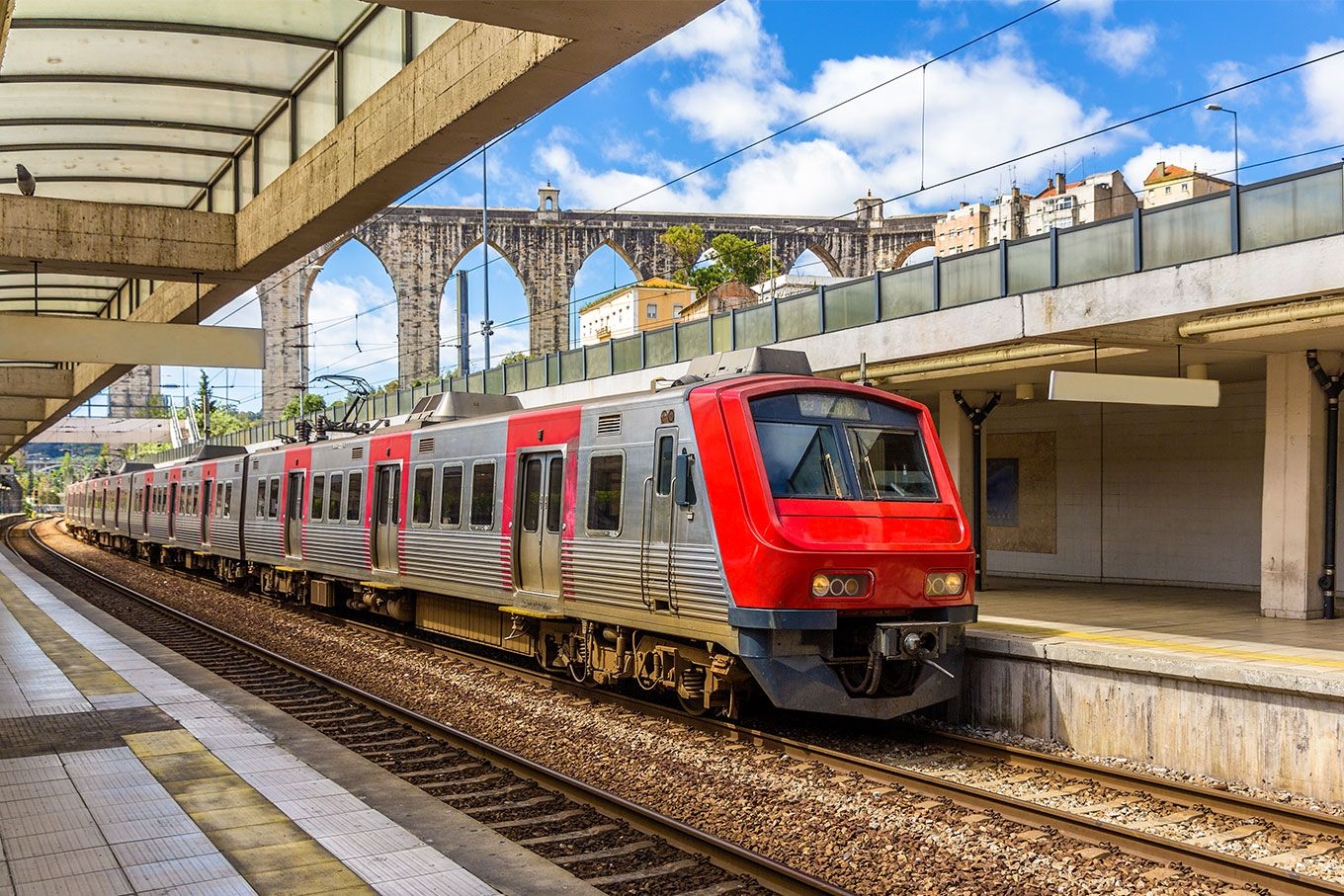
You’ve had that moment, right ? The urge to escape routine, change scenery, hop on a train, and just arrive somewhere, gazing out the window instead of staring at a screen or gripping a steering wheel. Well, good news: if you’re in Portugal (or planning a sunny getaway), Comboios de Portugal (or CP for short) is your new best friend. Super practical, surprisingly affordable, and yes, I’ll show you how to make the most of it.
So, what exactly is Comboios de Portugal ? (and why should you care ?)
First things first, Comboios de Portugal is the national railway company of Portugal. It runs a network connecting major cities like Lisbon, Porto, Faro, and plenty of other charming destinations across the country.
Why is it such a good deal ? Because compared to many European countries, train travel here is easier on the wallet, the views are beautiful, and the whole thing feels… delightfully zen.
A few price examples (and what you need to know)
If you’re traveling from Lisbon to Porto on a fast train (the “Alfa Pendular” or “Intercidades”) you can find tickets starting at around €30 one way, depending on the conditions. For regional or shorter trips, prices are even lower, especially if you book early or choose a slower “regional” service. On the official CP website, prices depend on the class (standard or first), the service type (regular or express), and how far in advance you book (yep, planning ahead pays off!).
For urban trains (like around Lisbon), fares are based on the number of zones you travel through you can check this directly on their official website.

©railroadpics.net
How to pay less (and still travel well)
Here are a few smart traveler tricks :
- Book early : advance tickets are almost always cheaper.
- Pick the right class : second class or “standard” is usually perfectly comfortable.
- Take regional trains when you can : they’re slower, sure, but also cheaper and scenic.
- Use passes : if you’re planning to move around a lot, CP offers travel passes and discount options (perfect for a week-long trip).
- Look out for promotions : CP regularly offers discounts on certain routes.
- Think comfort : even low-cost tickets can come with nice perks (power outlets, WiFi) and surprisingly comfy seats on fast services.
How it all works (the real-life part)
Heading from Lisbon to Porto, or maybe down south to the Algarve? (Let’s be honest, picturing yourself sipping a drink by the beach helps).
- Arrive at the station about 15-20 minutes early to find your platform.
- Buy your ticket online or at the ticket machine, the CP app or website can really save you time (I’m a fan of the app, personally).
- Hop on board, sit back, relax, scenery, calm, that classic train whistle… it’s a whole different vibe from driving.
- If you’ve got luggage, try to avoid peak hours, it’s just more comfortable that way.
- And don’t forget to look out the window, the Lisbon–Porto line sometimes runs along the coast or the river. Bonus : instant Instagram moment.
The little “buts” (because we’re being honest here)
Even if it’s budget-friendly, some fast routes can get pricey, for example, express trains between major cities. Always compare options.
Schedules can be less frequent on regional lines or in the evenings plan ahead.
If you’re booking from abroad, watch out for payment methods, some users report minor hiccups when paying online.
And while punctuality is generally good, it’s not always Swiss-level perfect.
Why I love traveling by train in Portugal
Because it feels like traveling, not just getting somewhere. You sit back, enjoy the view, and think, “yes, this is exactly why I came.” And budget-wise? I’ve had those moments where I thought, “I’ll just take the train, cheaper than renting a car, and no stress from driving.” Spoiler : I was right. Plus, it gives me an excuse to grab a coffee onboard, gaze out the window, and feel like a little adventurer, even for just a couple of hours.
Traveling by train with Comboios de Portugal is easy, relaxing, and affordable (especially if you plan ahead) and honestly, often way more fun than sitting in traffic.
So, next trip ? Hop on, unwind, and let the train take you there. And remember : no rush,just enjoy the ride.
Share this article
Suggested articles

Transport Cards (Viva Viagem, Andante) Explained
Travelling in Portugal also means learning how to move smoothly through its transport systems. In both Lisbon and Porto, two main cards rule the urban networks: Viva Viagem and Andante. Both appear simple, yet they can be confusing for newcomers. Here’s a clear guide to help you understand how they work and avoid common day-to-day mistakes.

Uber, Bolt & Taxis: How to Move Around Efficiently
Getting around Portugal has never been easier. Between traditional taxis, ride-hailing apps like Uber and Bolt, and local alternatives, the country offers a wide range of options to travel comfortably, whether you are a resident, tourist, or expat. But each solution has its advantages, fares, and particularities. Here’s a guide to understanding how to move around efficiently every day, from Lisbon to Porto, without stress.

Long-Distance Buses: Rede Expressos, FlixBus and Other Companies
Travelling by bus in Portugal has become, in recent years, a true alternative to trains or cars. Between national routes and international companies, the network is dense, efficient, and often very affordable. Rede Expressos, FlixBus, Alsa, and CitiExpress crisscross the country from north to south and also connect major European capitals. Here’s a guide to understanding how these companies work and why they appeal so much to travellers and expats alike.

TAP Air Portugal : the national airline between tradition and modernity
Picture this: you’re boarding a plane painted in Portugal’s colors, bound for Lisbon or Porto, and your adventure is already beginning! Because yes, choosing Portugal’s national airline isn’t just about the flag on the tail, it’s also (and above all) about history, a touch of Portuguese charm, and some surprisingly good opportunities. Here’s my little tour of TAP Air Portugal what you should know, why it’s worth considering, and a few insider tips to keep handy!

Ferries and Boats: Crossings in Lisbon, Algarve and the Azores
Portugal isn’t discovered only by road or rail. Bordered by the Atlantic Ocean and crossed by majestic rivers, the country also offers an extensive network of ferries and maritime connections linking cities, beaches, and islands.

Tram 28 in Lisbon : useful or tourist trap?
Ah, Tram 28… that little yellow tram winding its way through Lisbon’s narrow streets, wooden cabin, squeaky brakes, sharp turns… I’m pretty sure you’ve already seen it (at least in a photo!). But here’s the real question : is it truly a must-do, or just another tourist cliché to tick off before moving on ? Let’s talk about it, the highlights, the “watch out” moments, and how to really make the most of it.


